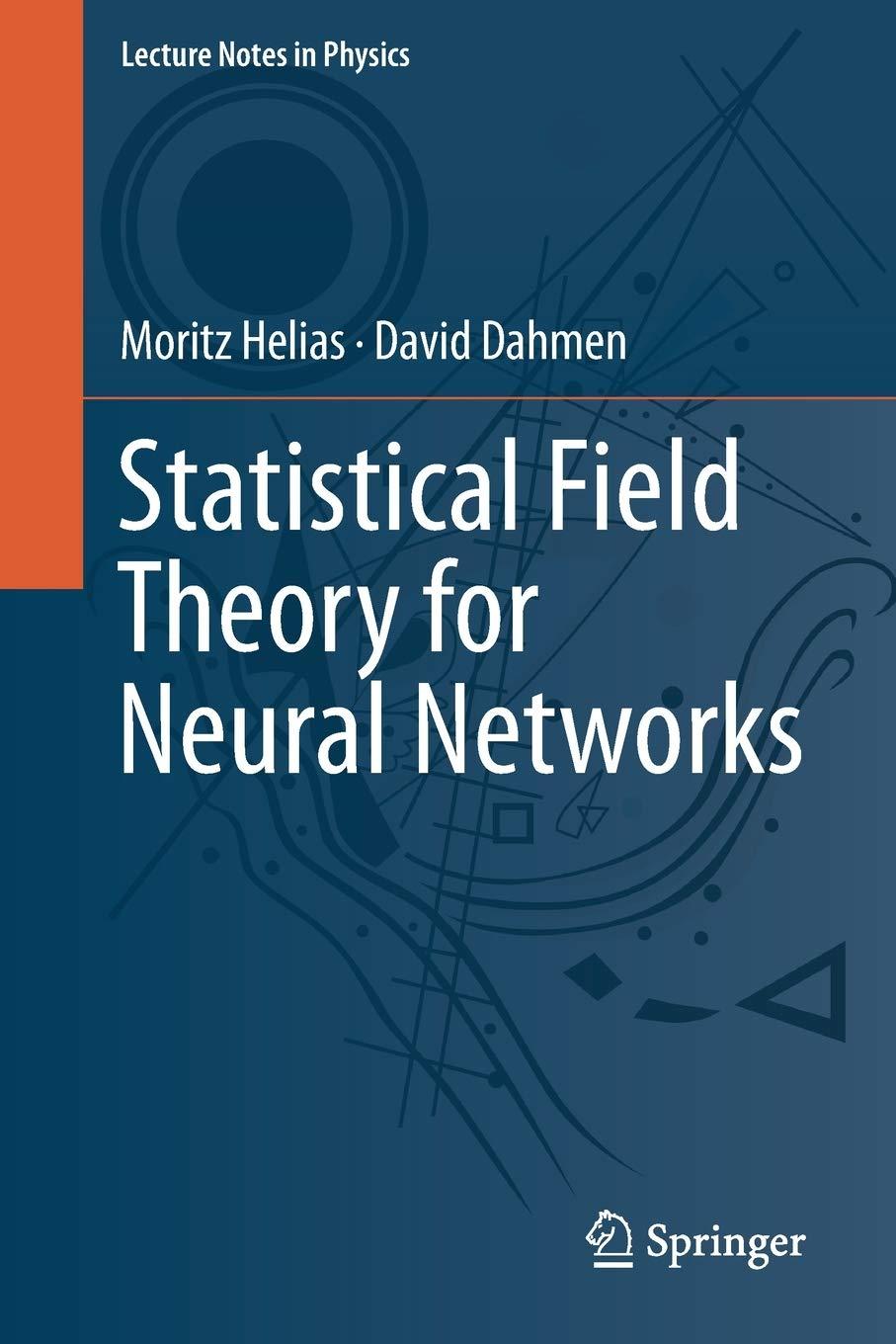Answered step by step
Verified Expert Solution
Question
1 Approved Answer
Newton's third law states that (1 point) Any two objects in the universe attract each other with a force directly proportional to the product of
- Newton's third law states that (1 point)
- Any two objects in the universe attract each other with a force directly proportional to the product of the masses and inversely proportional to the square of the distance separating them.
- For every action, there is an equal but opposite reaction.
- An object will remain at rest or move in a straight line unless acted upon by a net force.
- For every reaction, there is an equal reaction in the same direction.
- The force acting on an object is directly proportional to the acceleration produced by the force.
- Which of the following situations can be explained by Newton's first law? (1 point)
- When the force acting on an object is doubled, its acceleration is doubled.
- A swimmer pushing the water backward to move forward.
- When the brakes of a car are applied suddenly, the body of the driver jerks forward.
- When a man fires a gun, his body jerks backward.
- When the force acting on an object is doubled, its acceleration is halved.
- Mass of an object is (1 point)
- the same as the weight of the object.
- different on different planets.
- a measure of the gravitational force exerted on the object by the massive object in the vicinity of the object.
- a measure of the amount of matter the object has.
- measured in terms of Newtons.
- An object has a mass of 5.786 kg. Calculate its acceleration when acted upon by a force of 250 N. (1 point)
- Calculate the mass of an object whose weight is 767 N. (1 point)
- A force that causes an acceleration of 5 m s2 on an object of mass 26.884 kg is acting on a 50 kg object. Calculate the acceleration of the 50 kg object. (1 point)
- The component of the surface force between two surfaces sliding on each other parallel to the surface is called (1 point)
- normal force
- contact force
- friction
- gravitational force
- sliding force
- Which of the following is a correct statement? (1 point)
- Coefficient of friction is equal to the ratio of normal force to force of friction.
- Static coefficient of friction is less than kinetic coefficient of friction.
- The unit of measurement for coefficient of friction is Newton / kg.
- The force required to just get an object slding is bigger than the force required to slide it once it has started sliding.
- Force of friction depends on the relative speed between the sliding surfaces.
- An object of mass 72.987 kg is sliding on a horizontal surface. Calculate the normal force exerted by the surface on the object. (1 point)
- An object of mass 42.333 kg is sliding on a horizontal surface with a uniform speed. The coefficient of kinetic fiction of the surfaces is 0.25. Calculate the force of friction exerted by the surface on the object. (1 point)
- An object of mass 27.764 kg is being pulled by a horizontal force of 290 N on a horizontal force. The coefficient of kinetic friction between the object and the surface is 0.1. Calculate the acceleration of the object. (1 point)
Step by Step Solution
There are 3 Steps involved in it
Step: 1

Get Instant Access to Expert-Tailored Solutions
See step-by-step solutions with expert insights and AI powered tools for academic success
Step: 2

Step: 3

Ace Your Homework with AI
Get the answers you need in no time with our AI-driven, step-by-step assistance
Get Started


